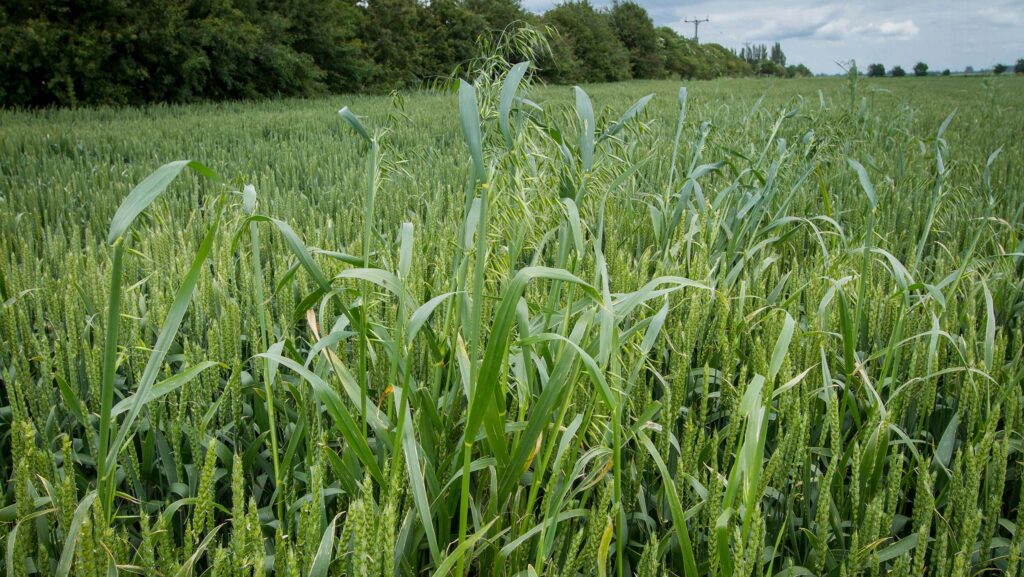Growers advised to act now to control wild oats in cereals
 © Gary Naylor Photography
© Gary Naylor Photography Wheat and barley growers are being advised to act now to control winter and spring wild oats, or face yield losses of up to 1t/ha.
The wet weather has led to missed autumn herbicides and stale seed-beds, leading to autumn and spring germinating wild oats in some fields. If left uncontrolled these could outcompete crops for nutrients and water, reducing yields.
See also: Are alternative weed control techniques viable for beet?
Kirsty McKenzie, commercial technical manager at FMC, suggests using a contact herbicide like Foxtrot EW (Fenoxaprop-p-ethyl) before plants reach growth stage 31, as the most cost-effective timing, before the crop shades the wild oats.
For best results, Kirsty advises that water rates are kept as high as possible, boom height is 50cm above the weeds and forward speed less than 12kph. Angled nozzles may also aid full spray coverage and if permitted an adjuvant should be used to help the chemical stick to leaves.
Herbicide dosage should match the wild oat size. Foxtrot EW has a full label rate of 1 litre/ha in barley and 1.2 litres/ha in wheat.
She adds that, “poor efficacy is normally down to poor application.” Although some herbicide resistance has been found in winter species of wild oats. If growers think they have resistance, they should send plants to be tested.
Maximising efficacy is also crucial when considering how long seeds can remain viable. “Given their seeds can stay viable for up to 20 years, the necessity for efficient control mechanisms cannot be overstated,” says Kirsty.
IPM strategies for wild oats
- Stale seed-beds followed by direct drilling or minimum tillage reduce soil disturbance and wild oat germination.
- Planting non-cereal break crops such as oilseed rape and maize allow for the use of different active ingredients, including ‘fops and ‘dims to combat wild oats.
- Oilseed rape’s leafy canopy is also more competitive to wild oats.

